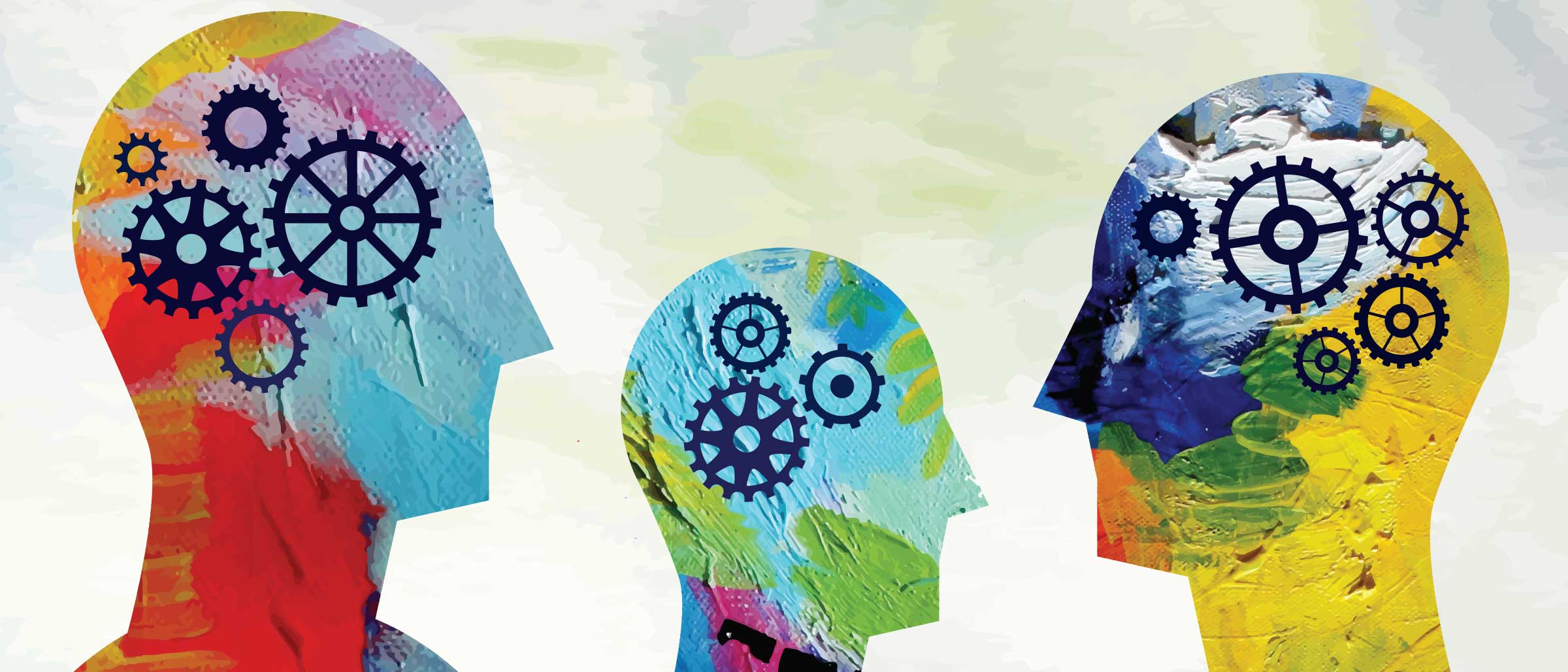Emotional Intelligence: The Key to Building Resilient and Collaborative Workplaces
Think of the best manager you’ve ever had. What made working for them so enjoyable? Were they patient? Did they help you realize your career goals? Consider five qualities that made your best manager memorable.
Now, think of the worst manager you’ve ever had. Did they schedule meetings at 7 AM and not show up? Did they fail to listen when you had something important to say? List five qualities that made your worst manager so memorable.
Now, look at both lists and label each quality with one of the following skill areas:
- Technical (specific technical skills like proficiency in MS Excel)
- Cognitive (for example, memory and spatial relations)
- Emotional (ability to listen, compassion, empathy)
Review the lists. Which of the three skill areas appears most often?
I’m willing to guess that you didn’t dislike one manager because they weren’t proficient in Excel or could not convert a PDF to Word. Chances are you disliked them because they didn’t listen, took credit for your work, and passed you over for a promotion.
Similarly, your favorite manager most likely had strong emotional skills and high emotional intelligence, thus understanding themselves and those around them.
If you’re wondering why some people effortlessly navigate their feelings and emotional situations and others – even sometimes highly educated people – struggle to relate, it comes down to emotional intelligence.
History of Emotional Intelligence
“Emotional Intelligence” refers to your ability to identify, manage, and control your own emotions while also understanding and empathizing with the feelings of others.
Although research on emotional processing, decision-making, and interpersonal interactions has been ongoing since the 1960s, it gained mainstream popularity in 1995 when Daniel Goleman published his groundbreaking book, Emotional Intelligence: Why It Can Matter More Than IQ. His 2004 “Harvard Business Review” article further emphasized that emotional intelligence plays a vital role in career progression, accounting for 90% of success when IQ and technical skills are similar. This revelation shattered the belief that high IQ alone guarantees workplace achievements. Emotional intelligence emerged as a teachable set of skills, providing hope for individuals struggling with “soft skills” and organizations striving to cultivate these essential leadership skills in their employees.
The EQ-i Assessment and its Origins
In the 1980s, before Goleman’s influential work, Israeli-born psychologist Dr. Rueven Bar-On sought to address the reasons behind variations in emotional well-being and success among individuals. He developed the Emotional Quotient Inventory (EQ-i) to measure emotional intelligence. Bar-On’s EQ-i model posited that, like an IQ test, the assessment would gauge a person’s Emotional Quotient (EQ). Unlike IQ, which represents cognitive intelligence and remains stable from late teens to adulthood, EQ measures emotional intelligence, which continually develops throughout life.
The Five Realms of Emotional Intelligence
Bar-On’s Emotional Quotient model comprises five distinct realms that contribute to emotional intelligence:
1. Self-Perception
This realm includes self-awareness, identifying and managing our emotions, and understanding the reasons behind our emotional responses. It involves recognizing how we feel and the triggers and actions that prompt those emotions. In short, it is how you see and understand yourself.
2. Self-Expression
How we act, speak, and present ourselves to others plays a significant role in emotional intelligence and navigating challenging emotional situations. Outward behavior and expressions can sometimes convey emotions that may not accurately reflect our internal emotional state. Developing self-expression skills enables others to better comprehend and interact with us.
3. Interpersonal Relationships
This realm emphasizes the importance of managing our behavior to foster understanding and reduce friction in our interactions. It encompasses empathy, social responsibility, and maintaining healthy relationships. It’s all about relating to others and understanding their perspectives, needs, and emotions.
4. Decision-Making:
The stereotype of corporate decision-makers as lone mavericks is outdated. This realm highlights the significance of leveraging emotions when making decisions and solving problems. Recognizing how emotions influence our perception and the ability to evaluate theories and options allows for a more balanced and calm approach to decision-making.
5. Stress Management
Managing stress is crucial for overall well-being. Understanding our emotional triggers and adopting effective techniques to cope with stressors empowers individuals to persevere and succeed, even in high-pressure environments.
The Teachability of Emotional Intelligence
Fortunately for many of us, less-than-perfect emotional intelligence does not condemn us to a life of anger, misinterpreted social cues, and ineffective communication. Emotional intelligence is an interconnected set of skills that can be learned, practiced, and intentionally employed to navigate any situation successfully.
Learning & Developing Emotional Intelligence
A quick online search for “emotional intelligence” reveals many books, articles, workshops, and courses dedicated to helping professionals become better leaders and managers by increasing their emotional intelligence. While furthering your understanding of emotional intelligence through these resources is a great idea, there are simple things you can do to positively impact your EQ immediately.
Below are some quickly adopted strategies to help expand your emotional intelligence:
1. Keep a journal
Spend a few minutes each day for a week reflecting on your big emotions and the situations that triggered them. Write down how you felt, why you felt that way, and what actions you took. This practice will help you become more self-aware and understand the patterns behind your emotional responses.
2. Seek feedback
Ask trusted friends, family members, or colleagues for honest feedback about how they perceive your emotions and reactions. This external perspective can provide valuable insights into how others see you and help you better understand your self-perception.
3. Practice active listening
When engaging in conversations, focus on understanding the other person’s perspective. Avoid interrupting or formulating responses while they speak. Instead, listen attentively, ask clarifying questions, and reflect on what you heard to ensure effective communication.
4. Volunteer or join group activities
Engage in activities that require collaboration and interaction with others. Join community organizations, volunteer for a cause you care about, or participate in group projects at work. These experiences provide opportunities to develop interpersonal skills, build rapport, and understand diverse perspectives.
5. Take time to reflect
Before making important decisions, give yourself space to reflect and consider your emotions. Step back from the immediate situation and evaluate how your feelings might influence your judgment. By creating this pause, you can make more rational and balanced decisions.
6. Seek diverse input
When faced with a decision, gather input from individuals with varied perspectives. Listen to their insights and consider how emotions might shape their viewpoints. This broader range of perspectives can help you make more informed decisions.
What matters most with Emotional Intelligence
Maya Angelou said, “People will forget what you said. People will forget what you did. But people will never forget how you made them feel.”
Learning and developing the skills to understand, identify, and navigate complex human emotions takes time and practice. But as you flex your emotional muscles, your EQ increases, professional and personal relationships strengthen, decisions become easier, and very likely, your work becomes more fulfilling.
Think back to your managers from the beginning of the article and the qualities you liked and disliked about them. If your employees completed this exercise, what qualities do you think they would like and dislike most about you?
Judge Learning Solutions solves complex learning and development challenges through creativity, expertise, and professionalism. Visit us online to learn more.




